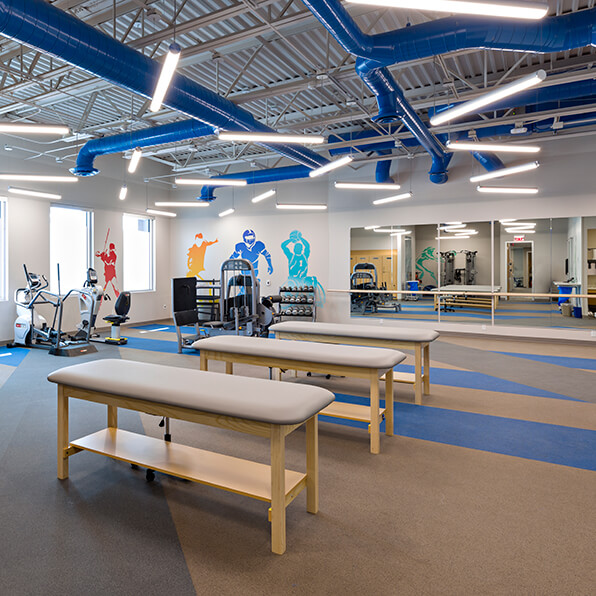While we may jokingly groan about the hitch in our hip or that nagging knee, gravity and everyday wear-and-tear take a physical toll on our joints—to such an extent, the number of hip and knee replacements is expected to double by 2030, when all baby boomers have reached the age of 65. But that doesn’t mean we’re resigned to a La-Z-Boy and orthopedic shoes for the rest of our days.
While the success rates look impressive on paper, it’s what you do—or, rather, don’t do—that can set you up for the long run well after the operating room.
“Plan and Ice”
As they say, failing to plan is planning to fail. Your future self will thank you if your recovery plan is queued up with an accident-proof home, a supportive network of family and friends at the ready, and lingering projects checked off your list.
“Plan on getting your life as simplified as possible,” says Aaron J. Krych, MD, of Mayo Clinic. “Organize your home and surroundings, and get as many tasks done as you can before surgery to help minimize stress.” And don’t forget to make room for plenty of physical therapy and ice, he adds. The former is a given, but the power of icing cannot be understated: It’ll get you back to daily functional activities even sooner.
Pain Points
It’s one of the most commonly asked questions the ortho docs get: Is the post-op pain really as bad as they say?
“It depends on the surgery and the severity of your condition, so we set expectations for patients individually,” says Krych. No two knees—or hips!—are ever the same.
“There have been vast improvements in post-op pain management recently with a multipronged approach,” he continues. “We treat all patients with acetaminophen, NSAIDs, and control swelling using ice, compression, and elevation.”
Think of it this way: Pre-surgery, you probably experienced some pretty intense pain or discomfort for a long period of time. It can only go up from here.
O.R. P(R)ep Talk
Joint replacement surgery used to mean spending the better part of the week lying in a hospital bed (followed up with a week-long rehab stay), but times have changed. Thanks to modern tech and multimodal pain management protocols, the majority of today’s options include outpatient surgery—meaning, resting in the comforts of your own bed later that same day.
“In most cases, the entire process takes a half-day commitment,” says Krych. “For the actual surgery, most knee surgeries range from 30 minutes to two hours. A typical hip arthroscopy ranges from 60 to 90 minutes.”
It’s been widely reported that outpatient joint replacement recipients have an accelerated recovery protocol and tend to be more satisfied with the care they’ve received.
A Healing Outlook
According to Krych, the biggest improvement Mayo Clinic has made in the joint replacement space is the controlling of pain after surgery. “We are increasing the use of local injections at the time of surgery to help with pain control,” he says. “Pain medications can have unwanted side effects, and our protocol has minimized the amount that patients need after surgery.”
While post-surgery dislocations remain rare and few (they occur in just 2 to 3 percent of patients following hip replacement), dislocation is still considered the most common complication. Mayo Clinic has been using dual-mobility constructs, a special design that allows for more mobility within the socket liner to prevent dislocation, Krych adds.
Read the whole article: https://mspmag.com/health-and-fitness/joint-ventures/






